We first met Eriko when we invited her to collaborate with us for our preview event, and we were impressed by her attention to detail and dedication to her art. She showed us how a designed floral arrangement can work wonders for the home. For our preview event she used dainty tea tins as the vase for the flowers, some of which were imported specially from Holland for the occasion. The following photos are captures from the preview event, and her work elevated the look and feel of the event for our guests.
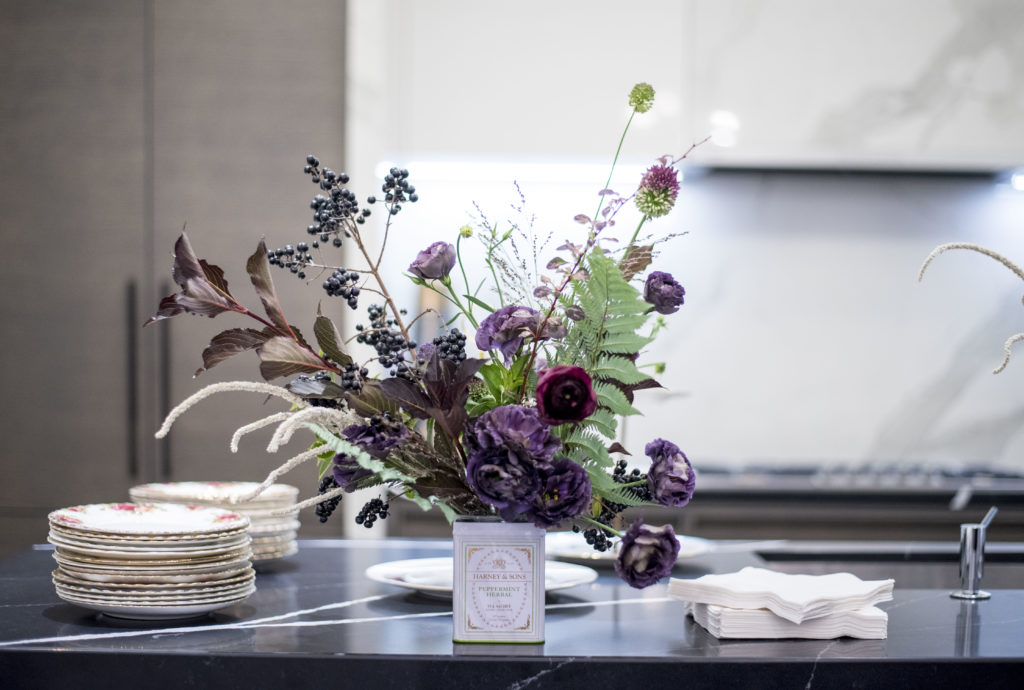
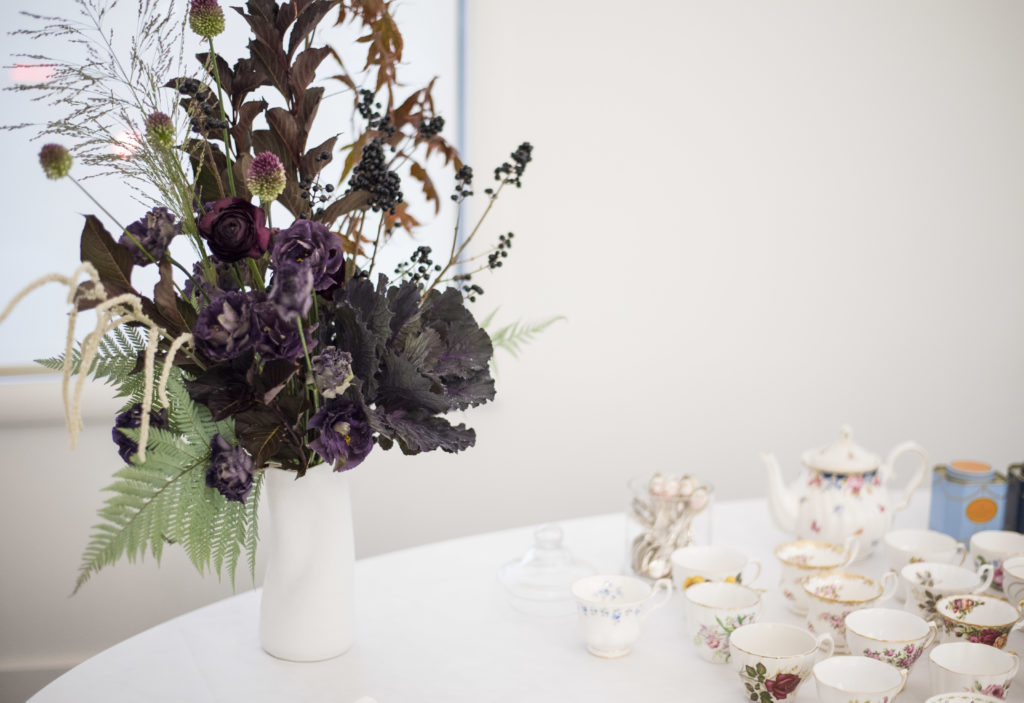
Her passion for her art form intrigued our team to continue the conversation with her, and with the help of Pendulum Magazine, we connected with Eriko again to have the following conversation.
P = Pendulum
E = Eriko
P: Who or what inspired you to become a floral designer?
E: My grandfather. He was a writer who wrote lots of books about improvement of working conditions and female equality. He was also a gardener who created beautiful Japanese gardens at home. I loved the time I spent with him. It was so natural for me to play with flowers everyday.
P: What was your childhood dream? What did you want to be when you grow up?
E: A florist! I’m not kidding! It was a dream of mine since I was 4 years old.
P: What is your philosophy on design? If you had to choose 3 words to describe it what would they be?
E: Simplicity. Authentic. Evoke.
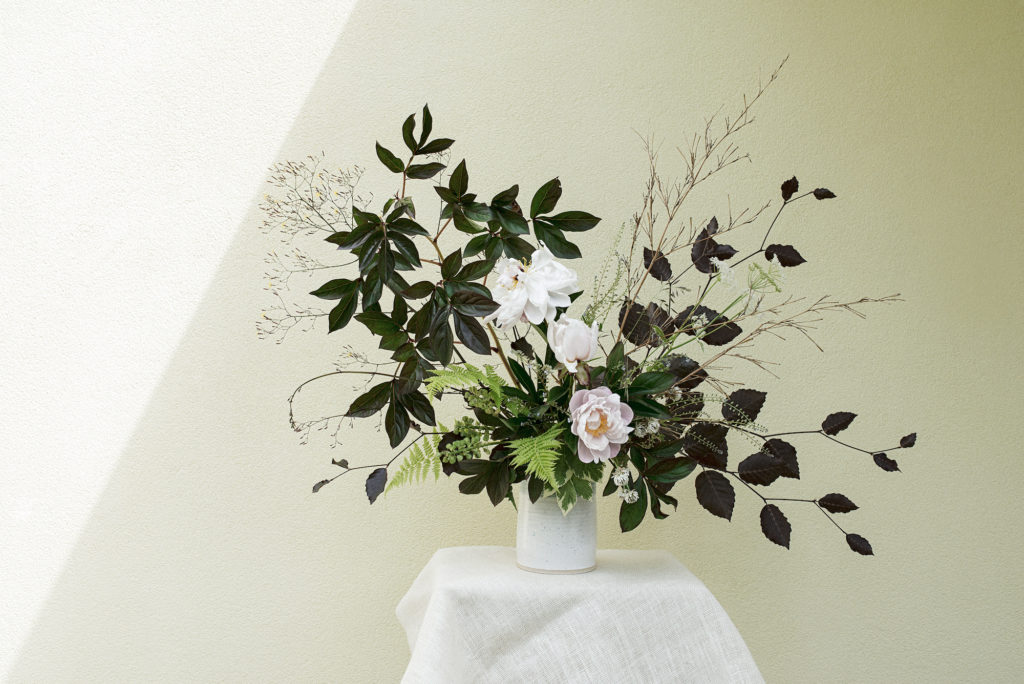
P: Who’s your favourite floral designer?
E: Atsunobu Katagiri. Japanese Ikebana Master. I love his approach to flowers.
P: What are some key design principles you want to share with our readers when decorating their home with flowers?
E: Keep it simple. Pick a maximum of three different design elements (a combination of florals, leaves, or branches). Otherwise you can simply pick seasonal elements from your garden and put them in a vase. Also, I love using a Japanese Kenzan (Floral Frog) to create natural movement to bring dynamics to the room.
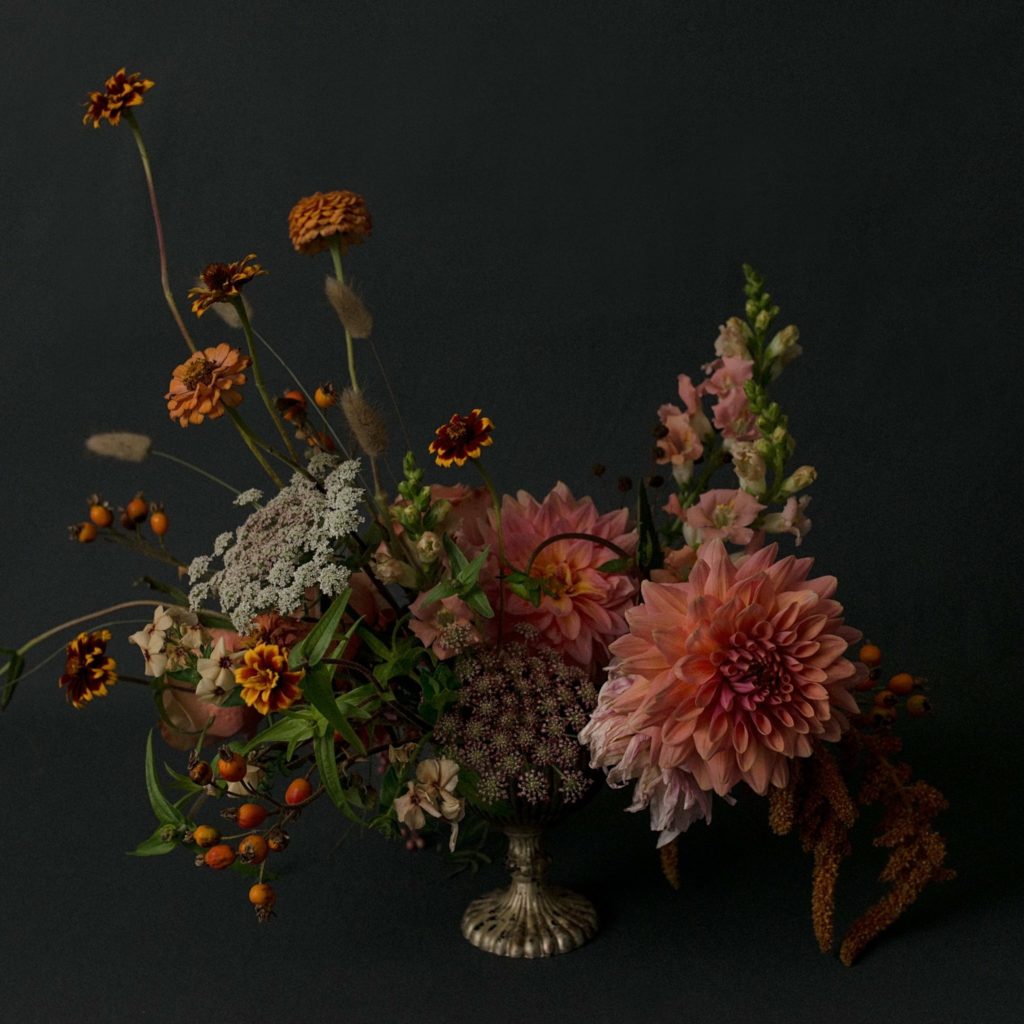
P: When creating a floral design, what are some do’s and don’ts to keep in mind?
E: I believe that flowers are like language. Use each design element to help you tell your story. Try to focus on the florals that are in front of you – colors, textures, shapes, and use these in combination to create something that evokes emotion or whatever you want to express. Don’t compare your creativity to pictures and photoshoots of other people’s design. It is so easy to be distracted by Instagram or Pinterest these days. It’s ok to use them as inspiration photos, but do not compare your work to it, because it will stress you out! The floral design process is a process where you reflect yourself in art.
P: Where do you go for inspiration to create the magical floral scenes and designs?
E: Steveston Village in Richmond, BC. I spend most of my days off there. This place catches the last rays of sunlight over the ocean. It’s the most breathtaking sunset!
P: Where’s your favourite place to travel and why?
E: Anywhere with a deep history and heritage. Japanese temples and shrines are my favourite places to visit. They have such beautiful energy.
P: Share with us the most memorable floral design you have done so far.
E: My grandmother’s 90th birthday floral arrangement. She asked me to design whatever I wanted under two conditions: use her favorite colors and her favorite vase. This was the last floral arrangement I would be able to create for her. Even though I miss my grandmother very dearly, I’m very happy that I’m able to create something special for the people around me to feel happy and special.
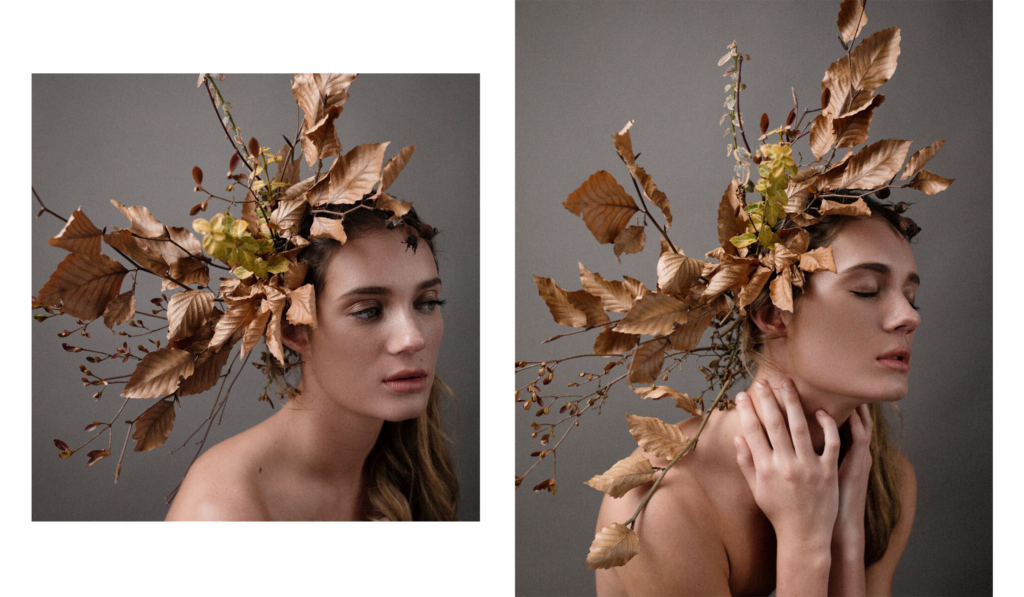
Whatever Eriko chooses to pursue down the road, we believe she will be successful. She is currently one of the lead floral designers at Celsia Floral in Vancouver.
 Back
Back


